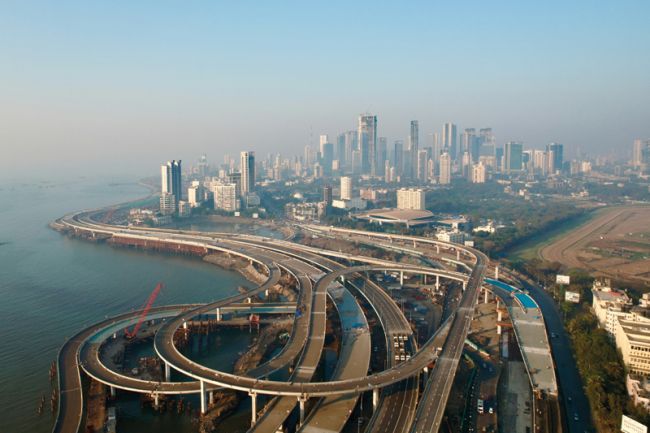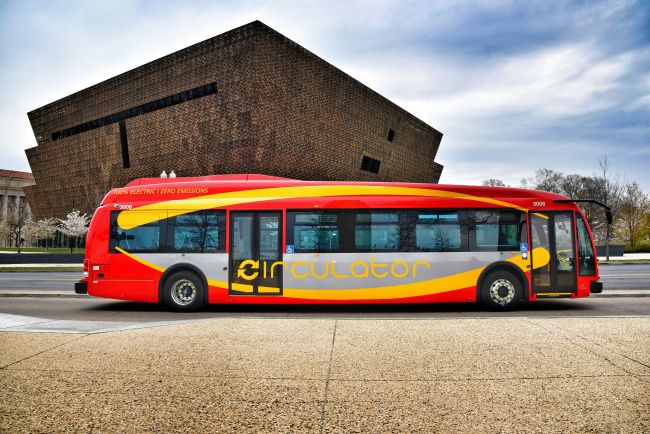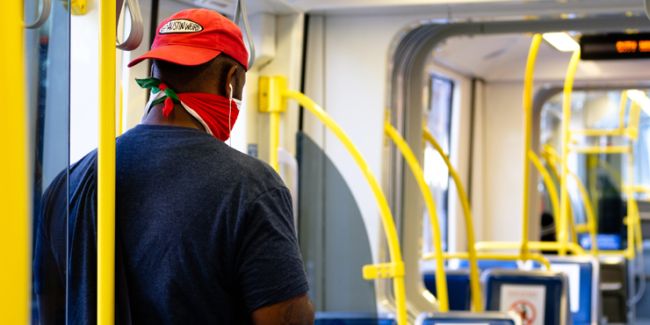Two heads are better than one
Could there be an opportunity for local authorities to combine resources?

With resources scarce and efficiencies needing to be identified, could there be an opportunity for local authorities to combine resources to deliver development related travel planning more effectively?
Local authorities are increasingly under pressure to do more for less. Equally, the requirements associated with local authorities’ statutory functions are becoming more stringent. So, with respect to development related travel planning, does something have to give or is it really possible to do more for less?
One possible solution is for local authorities to share resources and take on a more collaborative approach. For decades the UK has struggled with the structural arrangements of local government and the transport debate has often focused on the need for boundaries to relate to transport movements such as travel to work areas. However there are cases where the transport planning needs of an area can be embraced without the need for boundaries to move or for whole organisations to be abolished.
An example is on the South Coast where the Transport for South Hampshire initiative is proving to be a useful channel for transport planning across administrative boundaries. This collaborative approach could apply equally effectively to a single issue. Development related travel planning (and indeed smarter travel generally) is an example of a ‘single issue’ where sharing resources across administrative boundaries might present an opportunity.
Steer Davies Gleave has also worked extensively in West London where the WestTrans sub-regional travel planning partnership operates effectively across boundaries and is now seeing real progress in relation to transport impacts at individual sites/organisations. Equally, on Merseyside, a joint travel behaviour unit is affecting change across administrative boundaries.
It is now commonly accepted [Good practice guidelines: Delivering travel plans through the planning system, DfT (2009)] that local authorities can collect fees from developers for evaluating or monitoring the travel plan associated with a planning application. This revenue can be used to support the appointment of dedicated travel planning officers. Neighbouring authorities that have insufficient critical mass of planning applications can consider jointly funding one of more positions using the revenue generated.
In two-tier local government – as is happening in a few locations such as Hampshire and Surrey already – the transport authority can adopt this co-ordination function across a wide area, or two or more transport authorities can collaborate across a regional area.
If this thinking was applied on a grander scale across the smarter travel fraternity how much more effective might such interventions be? For example:
- What would be the impact of a co-ordinated travel awareness campaign across a sub-region or region using a pool of funding from a number of agencies?
- How much more clear-cut would business cases for smarter travel investment be if the critical mass of organisations (in the case of workplace travel planning) or people (in the case of personal travel planning) were within scope by casting the net beyond administrative boundaries?
This is already happening in larger urban areas such as London and Merseyside but the principles could be equally applicable to other smaller areas too.
The collective brain and resource power of a combined development related travel planning unit across a region or sub-region should be plausible. Where this is not already happening, it may be that the complexities of cross-boundary discussions are currently being carefully navigated.
While there are likely to be political and organisational challenges associated with implementing such partnerships, these should not prevent them being considered and then facilitated. In the words of Mahatma Ghandi, 'Be the change you want to see in the world.'





















